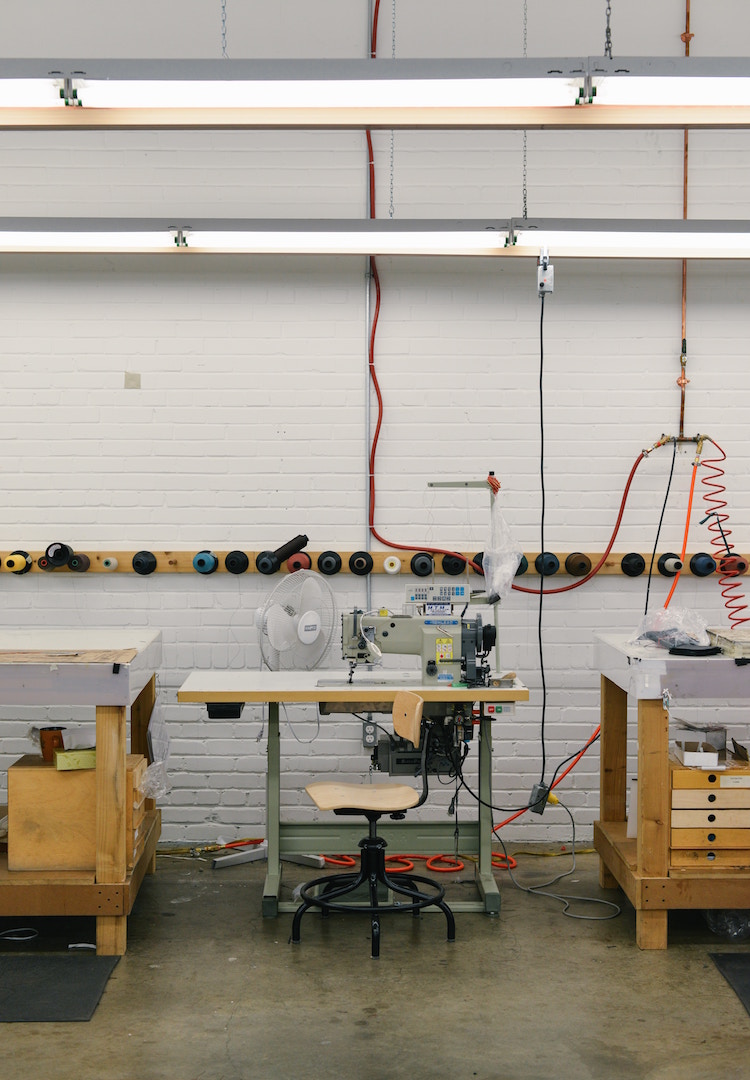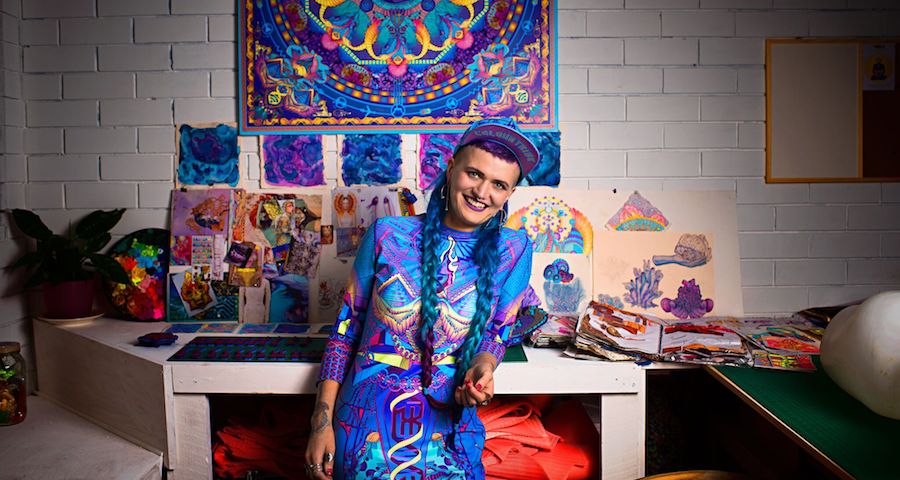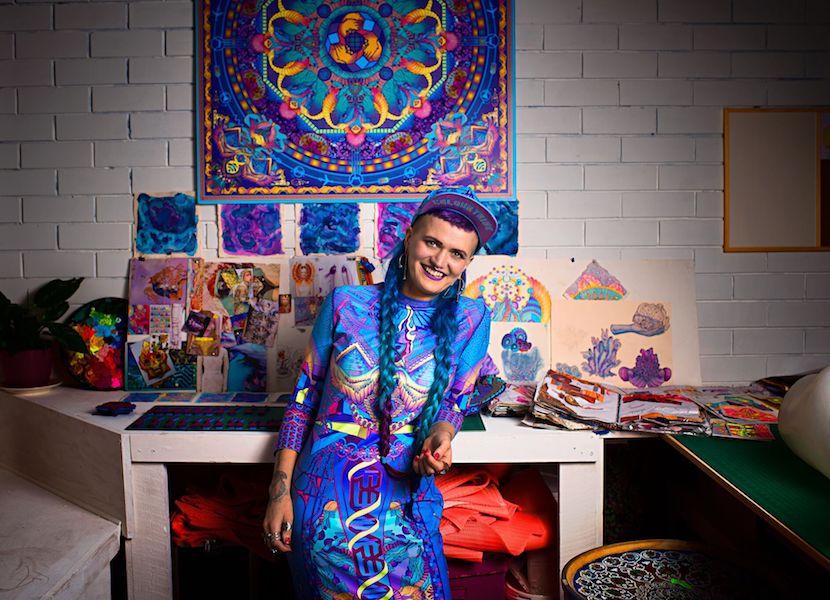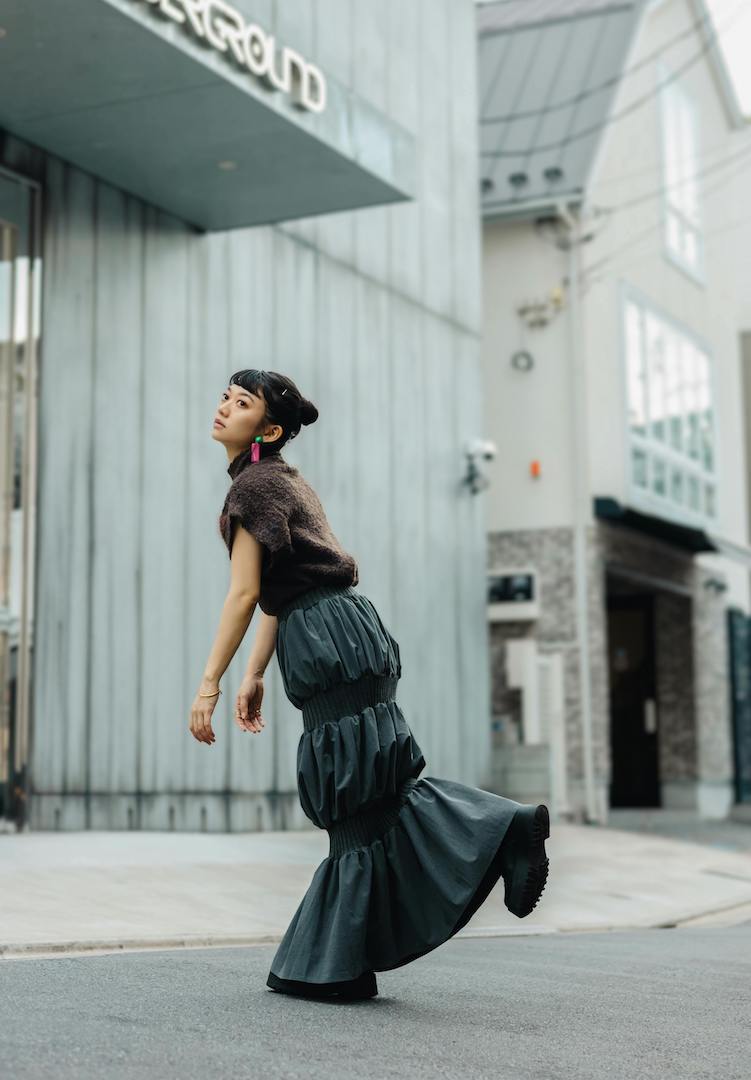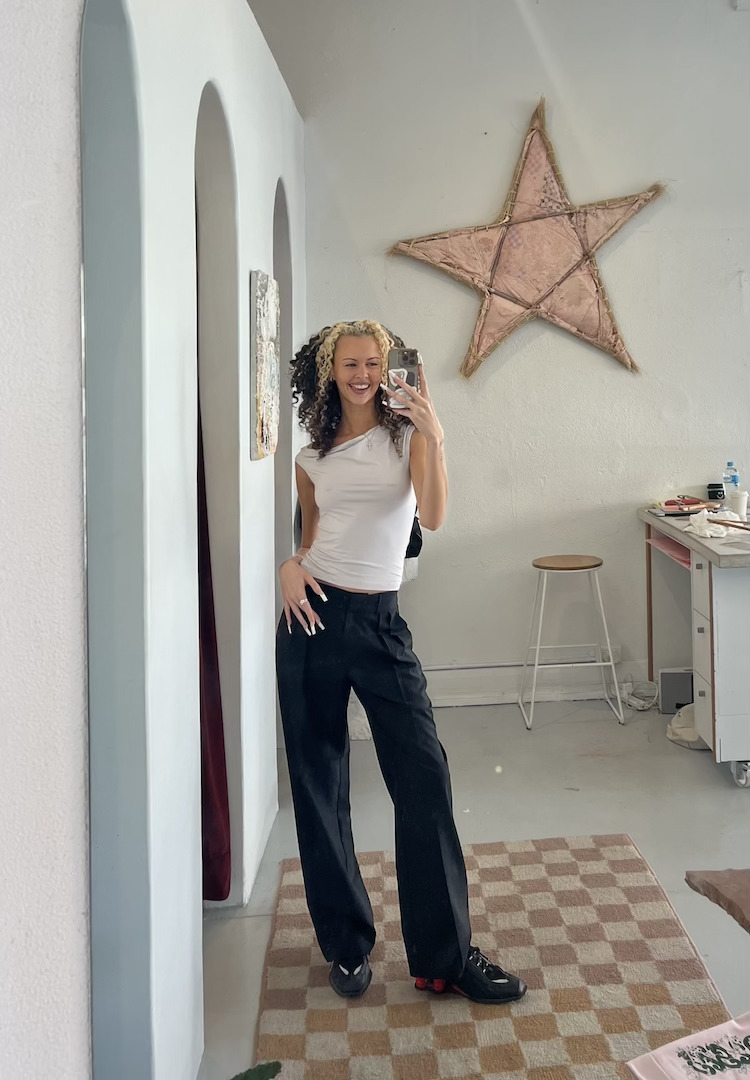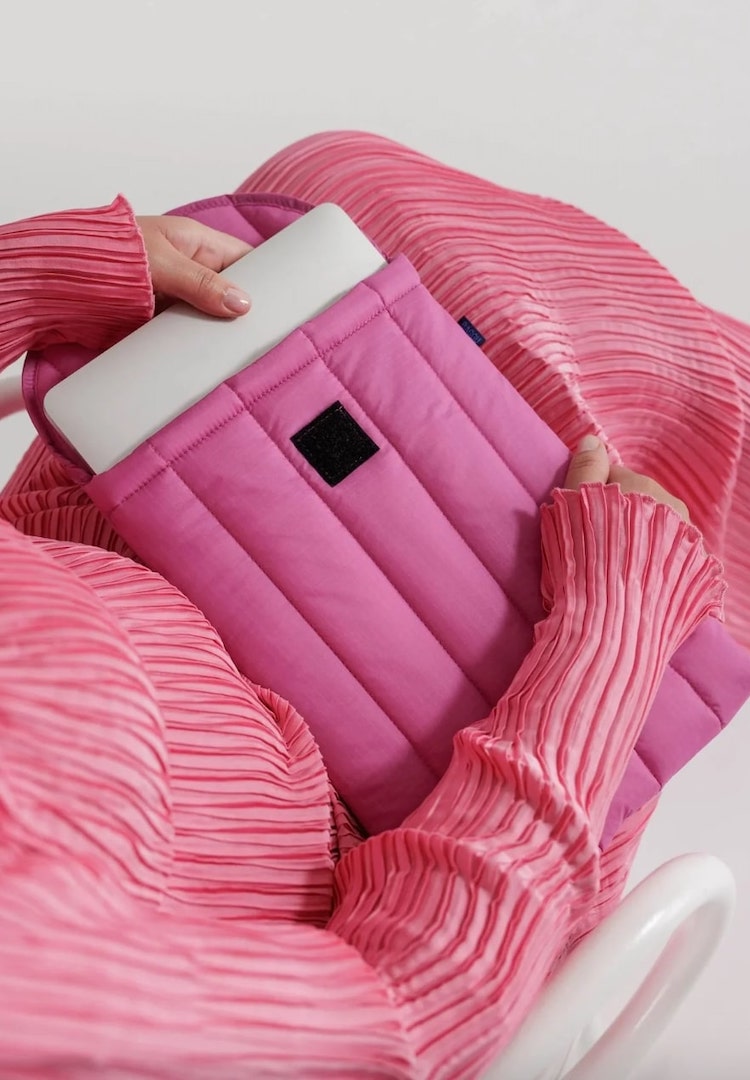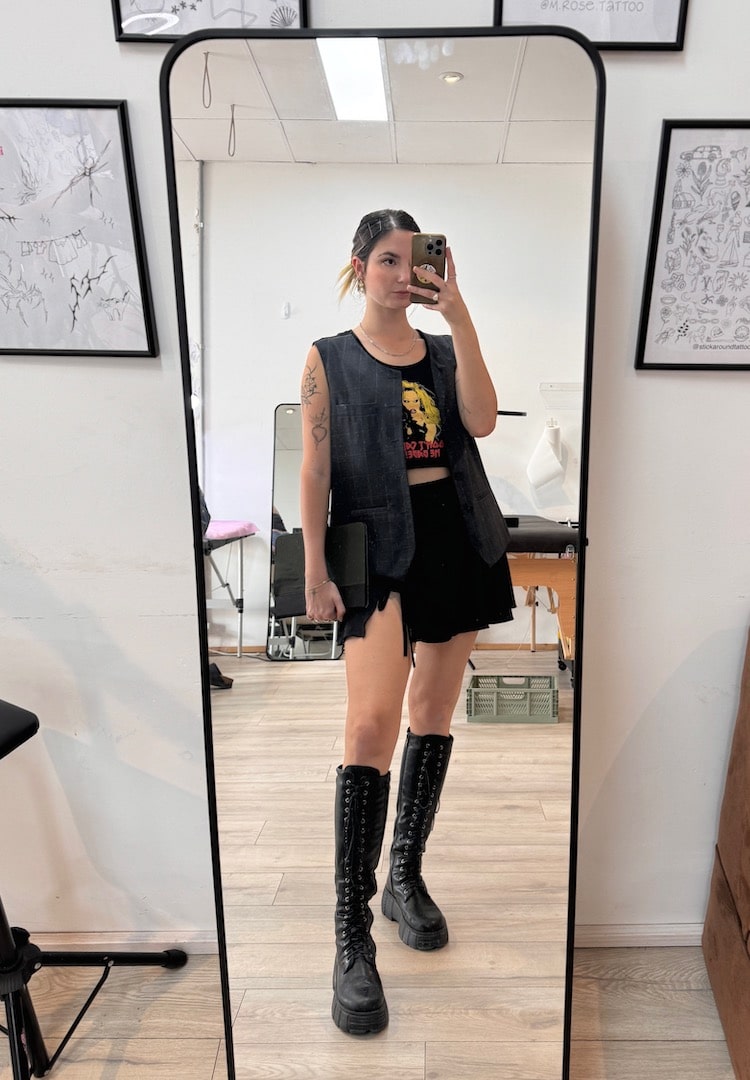Is virtual fashion one of the most innovative online spaces?
Image courtesy of Nixi Killick
Words by Jasmine Wallis
A gamer and AR designer explain.
As we move further into the technological age, there are many discussions about how different industries are adapting to the digital world.
Beauty brand Sally Hansen has initiated augmented reality in its apps so you can try on different nail polish shades without the commitment, and models on the ASOS website show how different outfits will look on your body frame.
Just a few weeks ago Levi’s released its Google jacket that makes calls and syncs your calendar from the sleeve.
The lines between online and offline fashion are blurring more every day and while technology claims to make us more connected, it does a lot of work to disconnect us simultaneously. This is not true for the fashion world, as the industry finds itself increasingly at the forefront of digital innovation.
One such person is designer and business owner Nixi Killick, whose pop-up store opened its doors last weekend as the first augmented reality retail experience in Australia.
The independent designer looked to the virtual world for inspiration and found it, creating pieces which are mixture of vibrant streetwear and colourful festival looks.
“I’ve spent a lot of my time trying to figure out how to really integrate technology, and user-friendly technology specifically, into a more physical experience,” she explained. “Figuring out how to translate the boundaries between physical garments and fashion in the real world with a digital experience was where I landed.”
She has launched her latest collection, Cryptic Frequency, alongside her pop-up shop in Melbourne. Until early November, shoppers can download an app and wander around the store, looking for hidden images which trigger a digital animation on-screen to complement the kaleidoscopic clothes.
As the collaboration between tech and clothing is only just coming into social consciousness, Nixi says this technology carries an extra layer of experience within a physical object.
“The idea of clothing that carries something else, that has a kind of party trick aspect to it, is really exciting for people,” she says. “When you can create a physical piece that doesn’t alter the garment to carry that information, it’s very different to something that is purely novelty and has clunky tech built into it.”
Since the dawn of time, clothes have been an expression of our identities and culture, a sign of tribal belonging to the community we’re a part of. Nixi believes that the intersection of technology and fashion is another way to emphasise that.
“Clothing has the power to project our personalities and carry our character,” she says. According to Nixi, an added layer of AR helps people to connect and communicate, beyond complimenting someone on their dress IRL.
“Using garments as a tool to interact with people, to be a connection tool, while figuring out the augmented reality has been a really interesting exercise in connecting communities and my clothing in general.”
Fashion has become a way to connect more than one community in the digital space, as the Communications Director of Canada’s Kitfox Games, Victoria Tran, details.
Fashion is becoming increasingly visible in the gaming world and Victoria is at the forefront of the push to focus on the artistry it encapsulates, particularly as technology enhances the quality and details of gaming worlds.
Massive developments in technology in the past 20 years means digital gaming has grown to become the world’s largest entertainment market. As the industry expands, Victoria has been a vocal champion of the importance of fashion in games as a space to increase representation in such a male-dominated industry.
“Fashion has been ignored because a lot of game developers are male and a lot of them have the same interests,” she explains.
“That’s not to say that those games aren’t fun, but that they don’t always have the same interests [women] do,” Victoria said. She has just come off speaking on a panel at Melbourne International Games Week, where she also hosted this month’s meeting of the Women and NB Gamers Club.
With women making up 42% of all gamers, and more women creating and playing games than ever before, Victoria believes that there’s a booming market for gaming fashion, and is a space to increase representation in the games world.
“Having women and non-binary people in on the rule-making process deciding which games get made, what is considered ‘fun’, is why it’s important to have more diverse developers.”
The technology of the gaming industry has progressed rapidly from browser games to PC and consoles, and now mobile games. With different mechanics and graphics, virtual fashion has been left inexplicably out of the equation until now, meaning there is room for new kinds of designers to move into it.
Brands such as Louis Vuitton have already jumped on the wagon with its Final Fantasy collaboration. This interesting move points to an untapped market in the virtual world, and companies that are willing to monetise it.
“A lot of games have ‘skins’, which are different outfits you can buy [for avatars] and they’re highly coveted,” Victoria explains. “There are limited editions skins or seasonal skins, and people will do a lot to try and get them. So, I think there’s a lot of leeway for games and fashion to intersect.”
The shift towards considering gaming fashion an essential part of character development, rather than a tool or function, mirrors the complex road to respect fashion as an art form has traversed over history. While the fashion industry has struggled to overcome the shockwaves digitisation has caused to its traditional business structure, it is also shifting towards embracing technological innovation as a viable creative outlet.
It seems we’re at the beginning of a long and beautiful friendship.
Victoria and Nixi both spoke on fashion and gaming at the panel Emperor’s New Woes: Why are we ignoring fashion in games? at Melbourne International Games Week.

